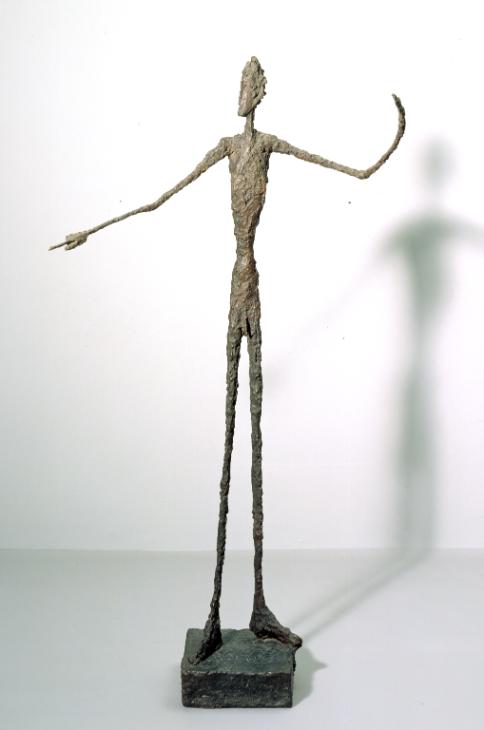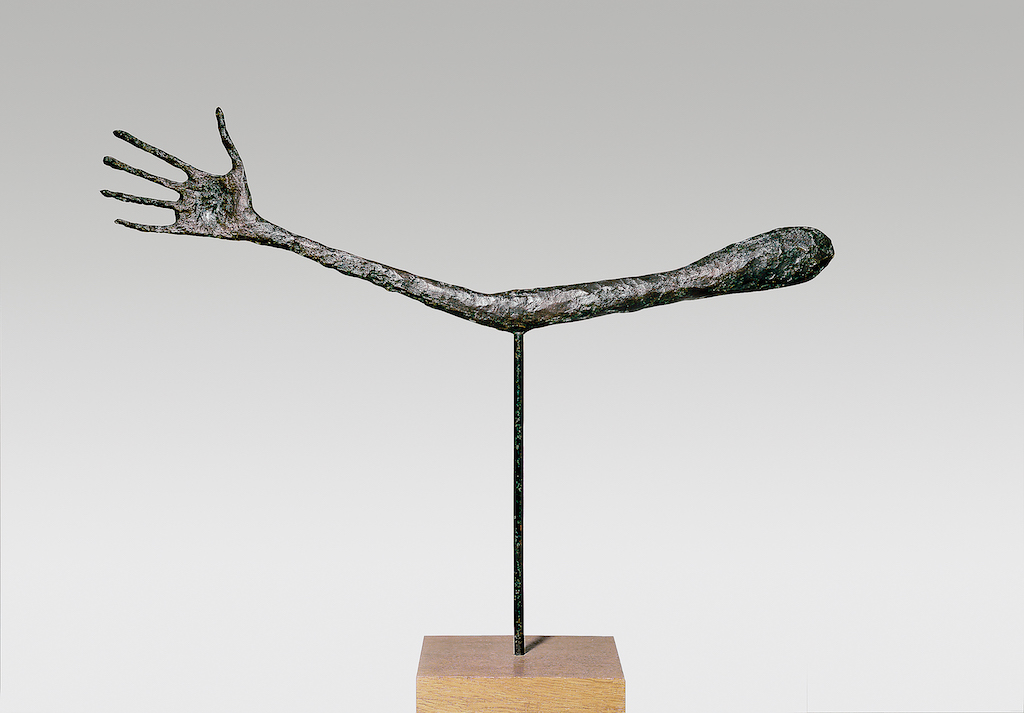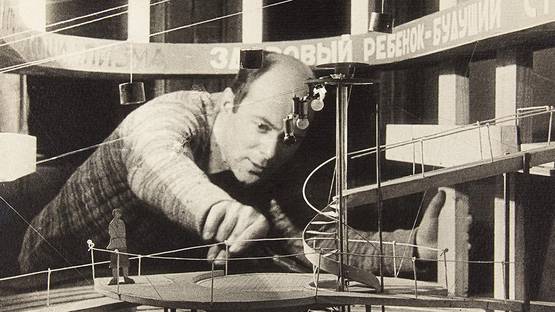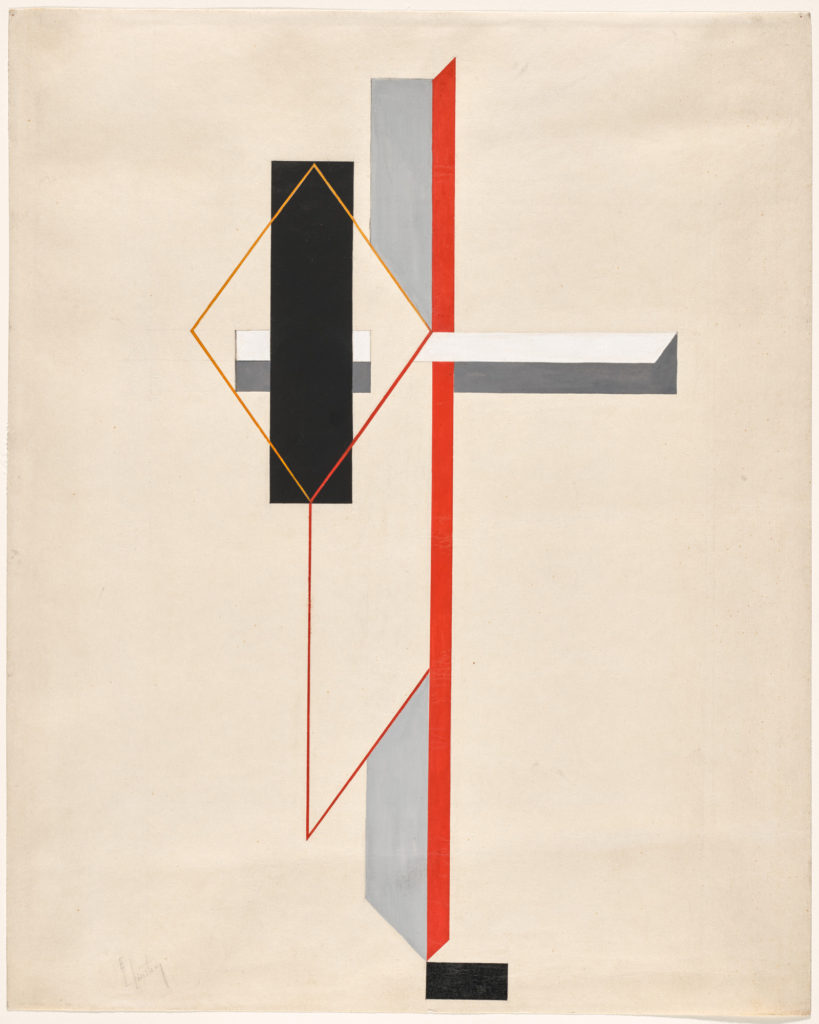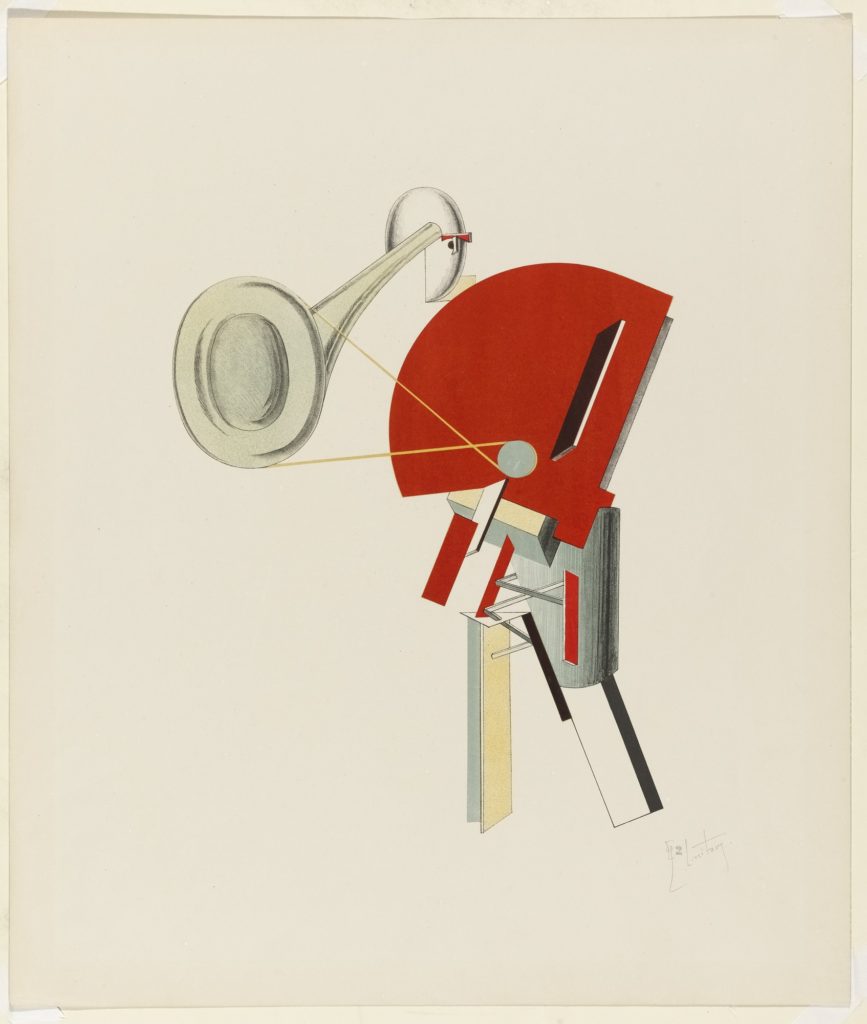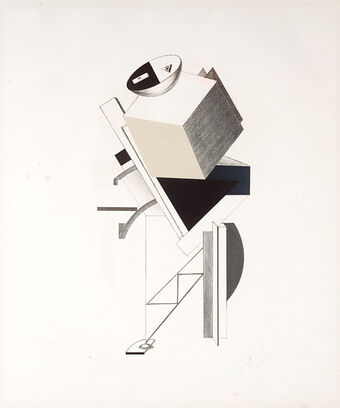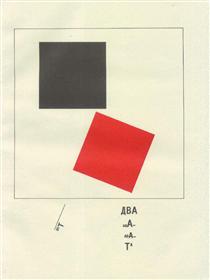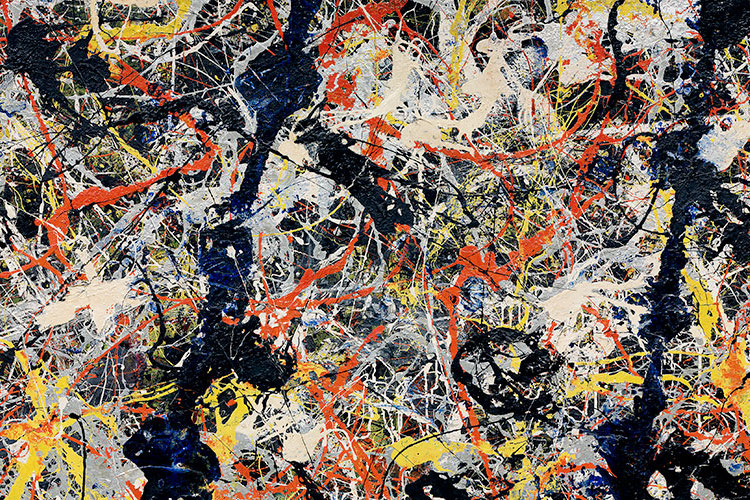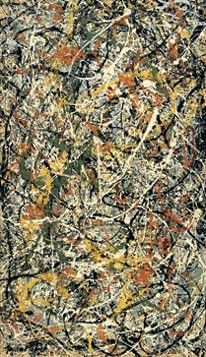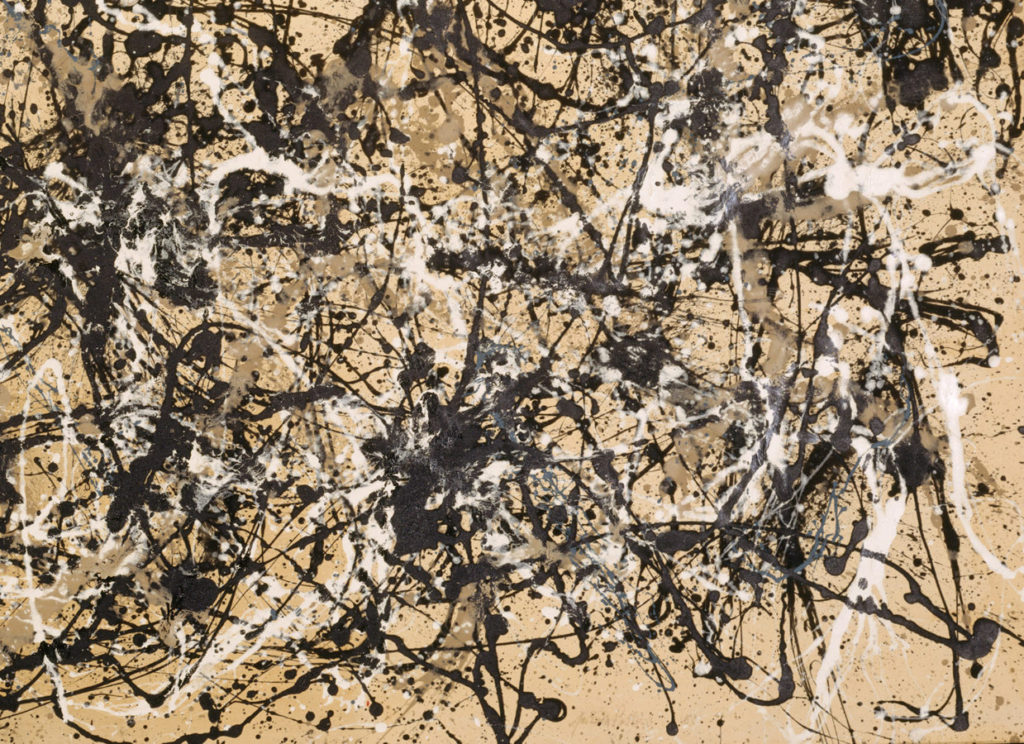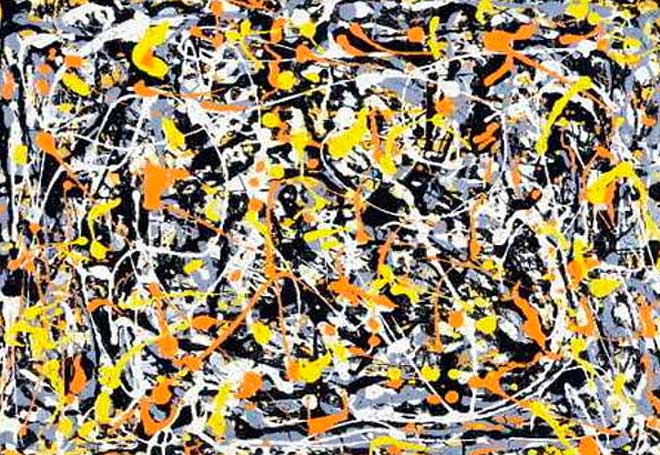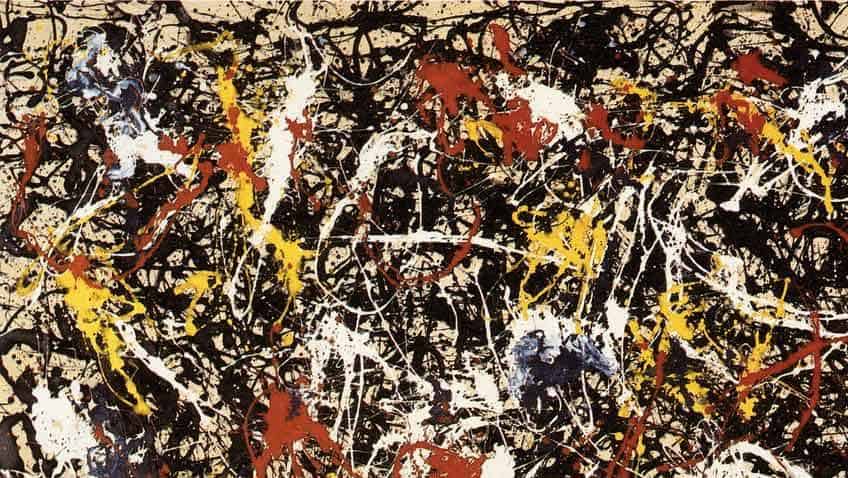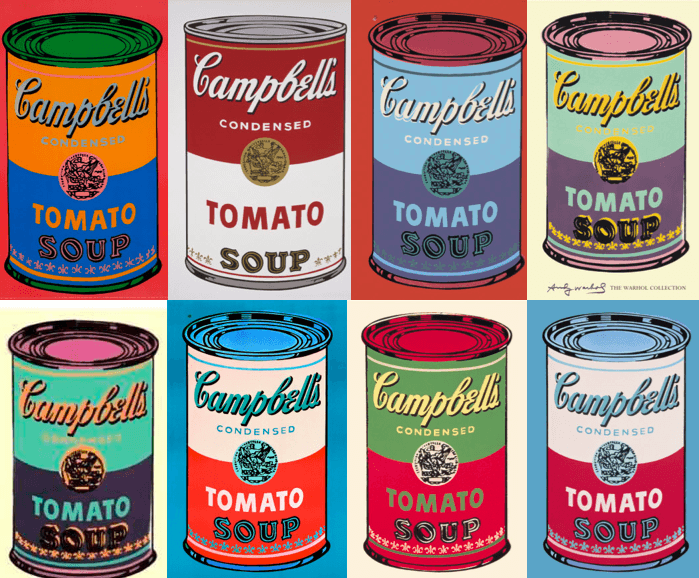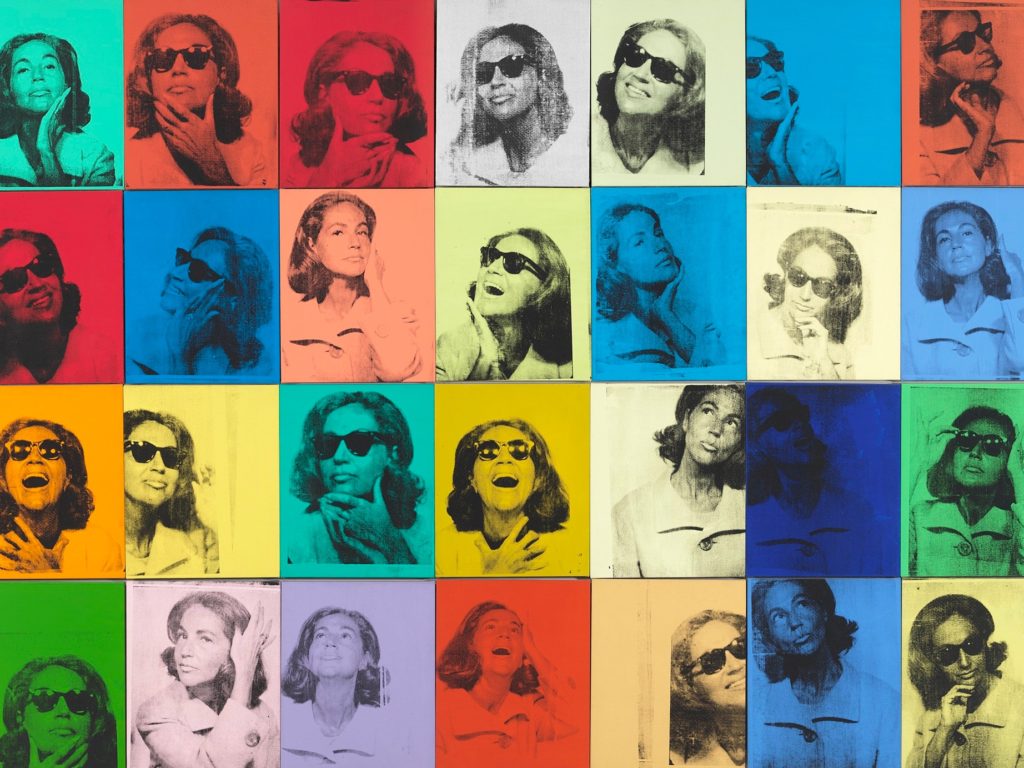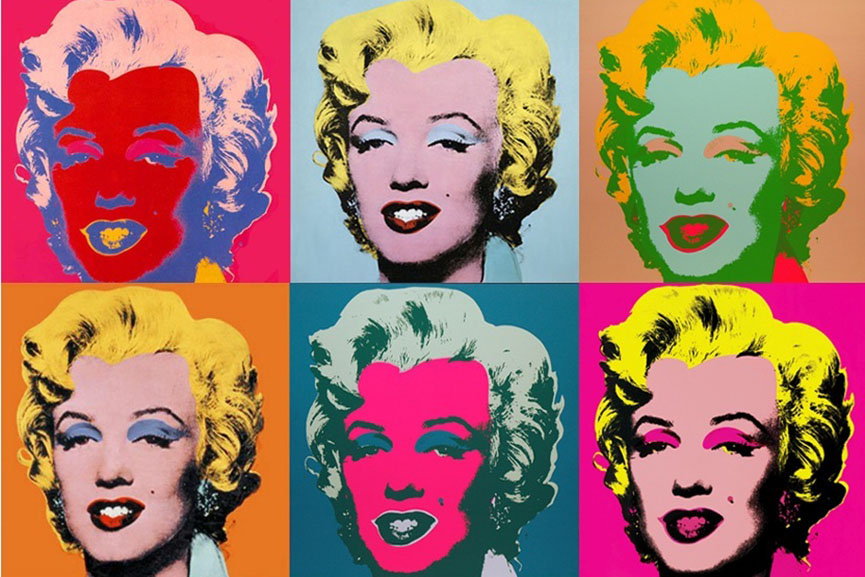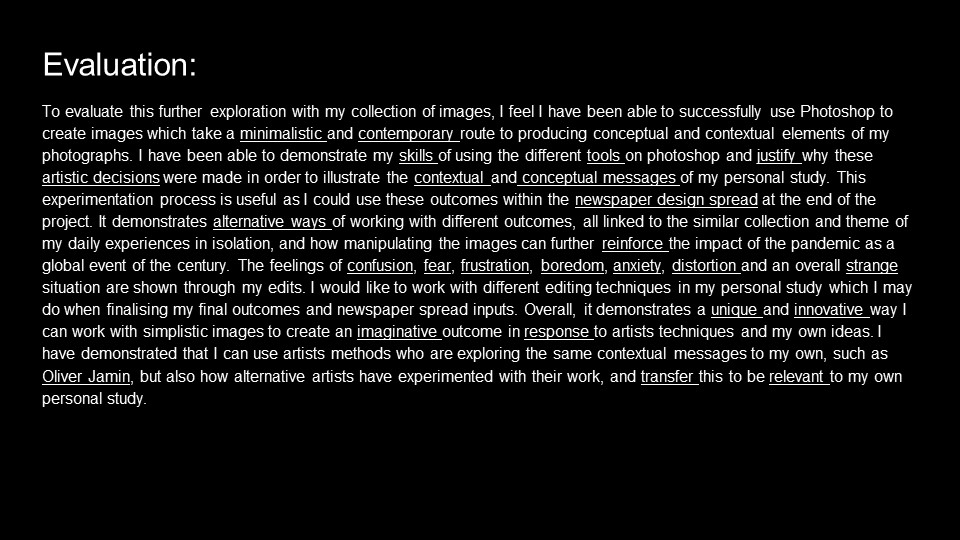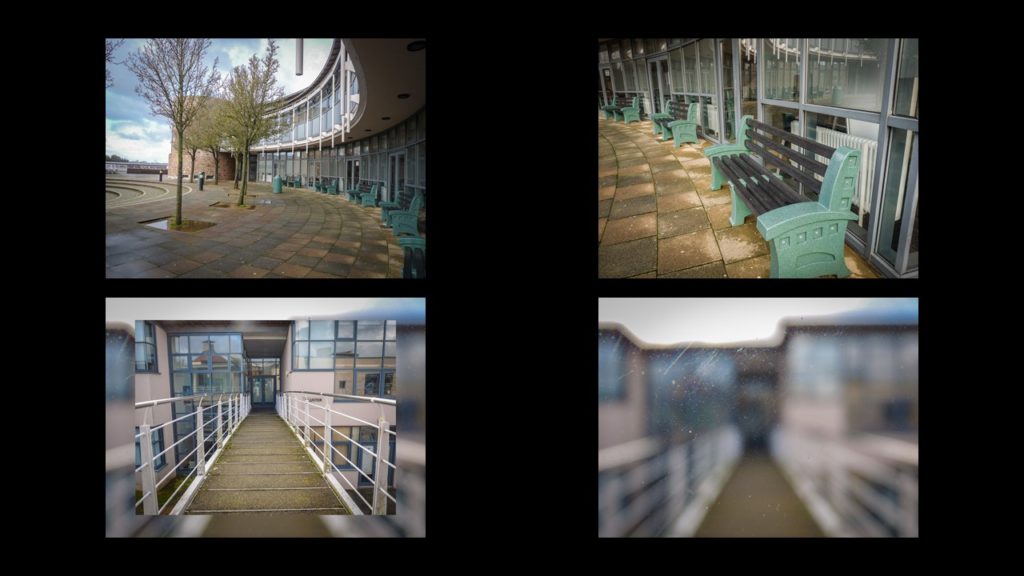In this folder here you can find texts to read in relation to a number of subjects and themes below. Some of these files are too large to upload to the blog here so go to the folder below.
M:\Departments\Photography\Students\NOSTALGIA\Contextual Studies\READING
Photography
Histories > Identities > Codes > Meaning
Barthes, R. (1984) Camera Lucida. London: Flamingo
Benjamin, W. (1936) ‘The Work of Art in an Age of Mechanical Reproduction’ in Hannah Arendt (ed) (1973) Illuminations. London: Fontana
Documentary
Realism > Representation > Ethics
A short PPT on Documentary Photography
Sontag, Susan (1977) ‘In Plato’s cave’ in On Photography. London: Penguin Books
Sontag, Susan (1977) ‘Through a Glass Darkly’ in On Photography. London: Penguin Books ch 2
Here some helpful resources on Sontag: On Photography from PhotoPedagogy
Rosler, Martha (1981) ‘In, around, and afterthoughts (on documentary photography)’ in Stallabras Julian (2013) Documentary. Cambridge (MA): The MIT Press.
Here is an introduction to John Tagg: A Burden of Representation (1998). Minnesota: University of Minnesota Press from PhotoPedagogy
Bate, David (2016) ‘The Art of the Document’ in Art Photography. London: Tate Gallerie
How documentary photography now is considered within a fine-art context
Max Pinckers Interview: On Speculative Documentary
How fact and fiction today in documentary photography is blurred
Solomon-Godeau, Abigail (1994), ‘Inside/ Out’ in Photography At The Dock: Essays on Photographic History, Institutions, and Practices. Minnesota: University of Minnesota Press
Here some helpful resources on ethical questions regarding the photographer’s position of being inside or outside from PhotoPedagogy
Photography and truth
Photography and Truth – see blog post with many resources.
Bright, Susan (2019) Is it Real? in Photography Decoded.
See more short essays here in Photography Decoded
Photojournalism: Truth, Representation, Propaganda, Aesthetics
Richard Billingham
Richard Billingham: Ray’s A Laugh – a photographer who worked on the inside documenting his parents life and relationship.
Documentary film: Fish Tank based on his book and parents relationship
Feature film: Ray & Liz
Interview in The Guardian and The Observer by Tim Adams (2019)
Larry Sultan
a Review in the Guardian Newspaper.
https://www.theguardian.com/books/2017/may/02/larry-sultan-pictures-from-home-review
Tableaux Photography
Pictorialism > Narrative > Cinema
A short PPT on Tableaux Photography
Bate, David (2016) ‘Pictorual Turn’ in Art Photography. London: Tate Galleries.
How Tableaux has been influenced by Pictorialism
Aesthetic Theory
Beauty > Sublimity > Judgement
Read Greek philosopher Plato’s thesis on Beauty
https://plato.stanford.edu/entries/beauty/
https://plato.stanford.edu/entries/plato-aesthetics/
Snapshot Photography
Vernacular photography
Photography and Feminism
Gender Studies > Male/Female Gaze > Self-portraiture
Mulvey, Laura (1973) ‘Visual Pleasure and Narrative Cinema’ in Screen (1975)
Judith Butler is an academic and writer who is an authority on feminism and gender studies, incl queer theory. Her seminal book is: Gender Trouble which we do have a copy of in the Library LRC and in Media. Here is a good overview of her work – make sure you read it all and watch video as well.
Kotz, L. (1998) ‘”Aesthetics” of Intimacy’ in Bright, D. (1998) The Passionate Camera: Photography and bodies of desire. London: Routledge
Healy, C. M. (2023) Girlhood, London: Tate Enterprises Ltd.
Rudd, N. (2021), The Self-Portrait. London: Thames & Hudson.
– too large a file to be uploaded to blog – find text here:
M:\Radio\Departments\Photography\Students\NOSTALGIA\Contextual Studies\READING
Photography and Portraiture
Robert Mapplethorpe: The Male Gaze – in pictures. The Guardian
Amelia Jones The “Eternal Return”: Self-Portrait Photography as Technology of Embodiment
Cindy Sherman
Paoli, J. Deconstruction Woman: The works of Cindy Sherman
Cain, Abigail, A Brief History of Cindy Sherman and Feminism
Owen, Samantha Rosemary (2014) Gender and Vision Through the Lens of Cindy Sherman and the Pictures Generation. University of Vermont
Lots of interviews and video and with Cindy Sherman on MOMA
Have a look at Shannon’s O’Donnells work here and when she was an A-level student?
Francesca Woodman
Townsend, C. (2006) Francesca Woodman: Scattered in Space and Time. London: Phaidon Press Limited.
– too large a file to be uploaded to blog – find text here:
M:\Radio\Departments\Photography\Students\NOSTALGIA\Contextual Studies\READING
Online texts
https://lareviewofbooks.org/article/an-hourglass-figure-on-photographer-francesca-woodman/
Thematic Essay about Francesca Woodman
Have a look at an essay and research by previous student, Francesca Hogan
Jo Spence and Photo-therapy
Dennett, Terry (2008): Jo Spence’s camera therapy: personal therapeutic photography as a response to adversity
Heath, Charlene (2017). Work, Politics, Survival, British Journal of Photography
Weiser, Judy (2005) Remembering Jo Spence: A Brief Personal and Professional Memoir… PhotoTherapy Centre
Jansen, Charlotte (2020) Is Photography An Effective Form of Therapy? Elephant
Dennett, T. (2013). ‘Jo Spence’s Family Album’ in Family Politics, Issue 20. Brighton: Photoworks
Photography and Surrealism – influence of Freudian psychoanalysis
Bull, S. (2009) Photography. London: Routledge
Surrealism Art Movement: A Window into the Mind
Surrealism and Psychoanalysis – Smarthistory
One photographer’s surrealist impression of mental illness
Photography and Memory
Kuhn, ‘A. Remembrance: The Child I Never Was’ in Wells L. (ed) (2003) The Photography Reader. London: Routledge
Here are a few articles and photobooks on Photography and its relationship with memory. You should read them and references them in your essay.
Colberg, J (May 28, 2012) Photography and Memory
blogger on Conscientious
Frames of Mind: Photography, Memory and Identity
by Anwandter, Patricia Marcella
In Frames of Mind, I have sought to explore the themes concerning the dynamic construction of memory. What do we choose to remember and how do we reinforce it? Who are we in relationship to who we were? Working with a collection of over five hundred images accumulated throughout my life, I have reinvestigated the images and their interrelationship with one another
A Matter of Memory: Photographs as Objects in the Digital Age
An exhibition at George Eastman House
A review on British Journal of Photography
Barthes, R (1982) Camera Lucida, London: Jonathan Cape
Overview of Barthes book Camera Lucida in Photo Pedagogy
The first half of this article talks about Barthes theory of a studium and punctum. The latter part about a photograph of his dead mother which allows him to think about memory.
Commentary on Barthes book
Rereading: Camera Lucida by Roland Barthes
Article by Brian Dillon in the Guardian, 26 March 2011
Grieving for his mother, Roland Barthes looked for her in old photos – and wrote a curious, moving book that became one of the most influential studies of photography
DEATH IN THE PHOTOGRAPH – critical article in response to Roland Barthes seminal book ‘Camera Lucida’ reflecting on photography.
Photography and Narrative
Family / childhood Photography
Kuhn, A. ‘Remembrance: The Child I Never Was’ in Wells, L. (ed) (2003) The Photography Reader. London: Routledge
Hirsch, Marianne, Family Frames: Photography, Narrative and Postmemory. Cambridge, Massachusetts: Harvard University Press. Read Introduction: Family Frames
Howarth, S. (2016) ‘Is My Family Normal?’ in Family Photography Now. London: Thames & Hudson.
McLaren, S. (2016), ‘Thanks for Sharing!’, in Family Photography Now. London: Thames & Hudson
Williams, V. (2013). ‘Who’s Looking at the Family, Now’ in Family Politics, Issue 20. Brighton: Photoworks.
All three texts above are too large a file to be uploaded to blog – find text here: M:\Radio\Departments\Photography\Students\NOSTALGIA\Contextual Studies\READING
Jim Goldberg
A Completely True Work of Fiction: Jim Goldberg’s Raised By Wolves (Magnum website)
Fingerprint: Tracing the Roots of Jim Goldberg’s Raised by Wolves (Magnum website)
Photography and Archives / Narratives / Memory
Landscape
Romanticism/ Sublime > Modernism/beauty >
Post-modernism/ New Topographics
Colin Pantall Landscape, Power and Climate Change
Landscape as Photograph and Photograph as Landscape: The New Topographies
Author(s): SHELLEY ARMITAGE
Source: Southwest Review , AUTUMN 1989, Vol. 74, No. 4 (AUTUMN 1989), pp. 422-465
Adams, R (1996), Beauty in Photography, New York: Aperture
Read chapter one of same name
J. M. W. Turner’s painting: Snow Storm Steam Boat of Harbour’s Mouth https://www.tate.org.uk/art/artworks/turner-snow-storm-steam-boat-off-a-harbours-mouth-n00530
https://www.tate.org.uk/art/art-terms/s/sublime
Youtube on Burke/ Sublime:
https://youtu.be/BvzG_p_sdOQ
This article picks out key elements of Burke’s theory of the Sublime and also includes an analysis of painting by Casper David Friedrich: https://natureofwriting.com/courses/literary-theory-1/lessons/edmund-burke/topic/the-sublime/
Photography and Typology
Bernd & Hilla Becher > studies of types
Typlogies: Bernd & Hilla Becher – part 1
Typlogies: Bernd & Hilla Becher – part 2
August Sander: National Portrait Gallery
Find files here: M:\Radio\Departments\Photography\Students\NOSTALGIA\Contextual Studies\READING\Typology
August Sander: Face of Our Time
Photography and anthropology
enhtnography > colonialism
Ethnography and Photography: What Kind of Collaborations for What Kind of Communications?
Bull, S (2009), ‘Classification by Observation: Anthropology and Colonialism’ in Photography. London: Routledge
Edwards, E. (1992), Anthropology & Photography 1860-1920. New Haven and London: Yale University Press.
Warner Marien, M. (2006), ‘Photography and the Social Sciences’ in Photography: A Cultural History. London: Lawrence King Publishing
Sealy, M. (2019), Docolonising the Camera: Photography in Racial Time. Chawell Heath: Lawrence and Wishart Ltd.
Find all three texts above here: M:\Radio\Departments\Photography\Students\ISLANDNESS\Contextual Studies\reading
Photography and speed
> early movement in photography
Making Modernism: Muybridge and Marey, Photoworks
Marey and Chronophotography
https://www.artforum.com/print/197607/marey-and-chronophotography-37960
Landscape in Motion: Muybridge and the Origins of Chronophotography Author(s): Dimitrios Latsis
Source: Film History , Vol. 27, No. 3 (2015), pp. 1-40
Published by: Indiana University Press
https://www.jstor.org/stable/10.2979/filmhistory.27.3.1
Frizot, M (1998), A New History of Photography. Cologne: Könemann. Read Ch 14: Speed of Photography
Warner Marien, M. (2002) Photography: A Cultural History. London: Lawrence King. Read chapter Science and Photography: The photography and Movement (pg 212-217)

